Blog
Understanding IT security frameworks: Types and examples
Security frameworks make it easier to identify, assess, and monitor IT risks. Which types will benefit your organization?
Katrina Dalao
Sr. Content Marketing Specialist
March 6, 2023

The road to a cohesive information security (InfoSec) program is paved with frameworks. Alongside other industry standards and regulations, they help safeguard your company’s data against threats and vulnerabilities.
Headlines such as the Marriott Hotel data breach that exposed the information of up to 500 million guests, and the Twitter data leak of more than 200 million Twitter users prove the critical importance of a reliable information security program.
While every company operates differently, security frameworks are the recommended starting point to build an InfoSec program. CISOs and other security professionals rely on frameworks to identify and prioritize the tasks required to demonstrate information security.
What is a security framework?
A security framework is a set of policies, guidelines, and best practices designed to manage an organization’s information security risks. As the name suggests, frameworks provide the supporting structure needed to protect internal data against cyber threats and vulnerabilities.
By establishing a common set of standards, frameworks make it easier for InfoSec professionals to understand the organization’s current security posture and prepare for upcoming audits.
Security frameworks can be tailored to specific industry regulations, compliance goals, or information security concerns. By adopting various relevant standards, organizations can define exact tasks and develop their own approach to managing risk exposure more intelligently.
What are the types of cybersecurity frameworks?
IT and cybersecurity frameworks are broken down into three different types, according to purpose and level of maturity:
1. Control frameworks
Control frameworks are the foundation of all security programs – the specific controls and processes that help protect against threats. While organizations may have ad-hoc security activities, control frameworks help stay ahead of security risks with a systematic approach to compliance. Control frameworks help:
- Develop initial security strategy and roadmap
- Identify a baseline set of controls
- Assess current technical capabilities
- Prioritize control implementation
Examples of control frameworks: NIST SP 800-53, CIS Critical Security Controls
2. Program frameworks
The main objective of program frameworks is to present a higher-level view of the organization’s security efforts. As programs mature, these frameworks help give business leaders a better understanding of how the overall security posture. Program frameworks tasks include:
- Assess state of the current security program
- Build a comprehensive security program
- Measure program’s maturity and compare against industry standards
- Simplify communication with business leaders
Examples of program frameworks: ISO 27001, NIST CSF
3. Risk frameworks
Mature security programs will typically include relevant risk frameworks. These focus on controls needed to review, analyze, and appropriately prioritize the organization’s activities against ongoing security risks. Risk frameworks help to:
- Define necessary steps to assess and manage risk
- Structure risk management program
- Identify, measure, and quantify risks
- Prioritize security activities and processes
Examples of control frameworks: NIST 800-39, NIST 800-37, NIST 800-30
18 examples of security frameworks
The ideal security framework for your company is one that aligns with internal program maturity and strategic goals, as well as external industry and regulatory standards. Here are the 18 most popular examples of security frameworks and standards:
ISO 27000 series
The ISO 27000 series, developed by the International Organization for Standardization, is the recognized cybersecurity standard. While flexible enough to be applied to any operation, the international standard assumes an organization has an information security management system (ISMS) to manage its data and safeguard against risks.
The two most notable frameworks are ISO 27001 (ISO/IEC 27001), which outlines the requirements of an ISMS, and 27002, which guides organizations on how to develop applicable ISMS controls.
Learn more about ISO 27001 standards and its latest update.
NIST Cybersecurity Framework (NIST CSF)
The National Institute of Standards and Technology Framework for Improving Critical Infrastructure Cybersecurity (NIST CSF) was released in February 2013 during the Obama Administration to protect the country’s infrastructure in the US from cyberattacks.
Critical industries such as energy production, healthcare delivery, communications, and transportation are vulnerable targets for hackers and therefore need to uphold high levels of security. The NIST CSF focuses on risk and aligns its security controls with the five phases of risk management: identify, protect, detect, respond, and recover.
Although NIST CSF is only mandatory for federal agencies, it is a flexible framework and can help all organizations improve their security posture.
NIST Special Publications (NIST SP)
In contrast to the NIST CSF, a series of NIST Special Publications (NIST SP) offers more technical specifications, recommendations, and reference materials.
NIST SP was initially written for federal agencies and third-party vendors but can help any type of organization build a reliable cybersecurity program. The series is divided into three categories:
- NIST SP 800 series: focuses on computer security
- NIST SP 500 series: includes information technology and relevant documentation
- NIST SP 1800 series: cybersecurity practice guides (relatively new compared to the 800 or 500 series)
SOC1 and SOC2
Created by the American Institute of Certified Public Accountants (AICPA), both SOC 1 and SOC 2 reports audit how service companies handle customer data and third-party risk management. However, that’s where their similarities end.
SOC 1 focuses on financial controls that meet identified objectives, while SOC 2 takes a broader view on controls related to AICPA’s trust principles — security, availability, processing integrity, confidentiality, and privacy. There’s also a lesser-known SOC 3 report, which is like SOC 2, but caters to stakeholders and a more general audience.
HIPAA and HITRUST CSF
HIPAA and HITRUST CSF are two cybersecurity frameworks for patients’ protected health information (PHI).
The Health Insurance Portability and Accountability Act of 1996 (HIPAA) is a federal legislation for healthcare compliance. An act of the US Congress created by lawyers and lawmakers, HIPAA applies to “covered entities,” including health providers, health plans and insurance companies, and health clearinghouses. Although there’s no official certification, HIPAA compliance is enforced by the US Department of Health and Human Services’ Office for Civil Rights (OCR).
HITRUST, on the other hand, is a private organization that created its own compliance framework called HITRUST CSF. The framework combines multiple security measures and privacy regulations that apply to any organization that handles sensitive data. However, while HITRUST helps achieve HIPAA compliance, it isn’t a replacement and doesn’t prove a healthcare organization is HIPAA-compliant.
Learn more about the difference between HIPAA vs. HITRUST here.
PCI-DSS
The Payment Card Industry Data Security Standard (PCI DSS) is a global framework for any organization that processes, stores, or transmits cardholder information. Launched in 2004 by major credit card companies American Express, Discover, JCB, MasterCard, and VISA, the framework aims to keep cardholder information safe and reduce fraud.
To do this, PCI DSS outlines four compliance levels, depending on the organization’s transactions per annum, and 12 required steps that meet security best practices.
GDPR
The General Data Protection Regulation (GDPR) is a framework passed by the European Union (EU) to protect the data privacy and security of its citizens. Enacted in 2016, the GDPR impacts all organizations that collect and process the data of EU citizens, regardless of where the company is located.
We cover all the details in our Complete Guide to GDPR Compliance.
CIS Critical Security Controls
Organizations that are getting their security program off the ground should consider The Center for Internet Security (CIS) Critical Security Controls. A concise 18-control checklist, CIS prioritizes the most essential actions any organization can take to increase protection against cybersecurity risk.
As opposed to more in-depth security frameworks, CIS Controls are general practices that prevent the majority of the latest attacks and build cyber defense capabilities for the future.
COBIT
The Control Objectives for Information and Related Technologies (COBIT) is a global framework that bridges the gap between security processes and enterprise goals. Developed by the Information Systems Audit and Control Association (ISACA), the framework focuses on creating an enterprise-wide IT governance system.
The latest version, COBIT 2019, is suitable for all enterprises and includes six principles and 40 processes to support governance and business objectives.
FISMA
The Federal Information Security Management Act (FISMA) is a framework for federal government agencies and associated third-party vendors. Similar to the NIST framework, FISMA requires organizations to implement a mandatory set of controls and processes, conduct routine risk assessments, and continuously monitor their IT infrastructure.
NERC-CIP
The North American Electric Reliability Corporation Critical Infrastructure Protection (NERC-CIP) was created to ensure the reliability and security of the bulk electric system in North America. It was designed specifically for the power and infrastructure sector and requires compliance by any entity that plays a part in the region’s power grid.
To prevent minor issues from becoming widespread power crises, NERC-CIP sets industry standards and mandates critical to safeguarding operations. The framework includes cybersecurity requirements, incident response and recovery plans, personnel training, and other measures to ensure the continued delivery of electricity.
TISAX
The Trusted Information Security Assessment Exchange (TISAX) is an assessment and exchange mechanism for information security in the automotive industry. It is the world’s leading automotive information security management standard, and a requirement of any organization that wants to do business with major German automotive players.
Taking its cue from ISO 27001, TISAX is adapted for automotive operations and awards companies with labels for meeting a defined level of information security management. There are three assessment levels and currently eight assessment objectives that can be selected by the organization.
SOX ITGC
The Sarbane-Oxley IT General Controls (SOX ITGC) is a subset of the broader Sarbane-Oxley Act and sets financial report requirements for all companies preparing for an initial public offering (IPO) or publicly traded companies across all industries.
SOX ITGC attests to the integrity of the data and processes of internal financial reporting controls, including applications, operating systems, databases, and the supporting IT infrastructure. Controls in this framework encompass access to programs and data, program changes, computer operations, and program development.
CCPA
The California Consumer Privacy Act (CCPA) is a law enacted in 2018 that enhances consumer privacy rights for the residents of California. Specifically focused on how companies collect and use personal information, CCPA draws heavily from the EU’s GDPR and gives consumers more control over their data. The framework applies to any for-profit entity with any of the following:
- Earns an annual gross revenue over $25 million
- Buys, receives, or sells personal information of 100,000 or more California residents, households, or devices
- Earns 50% or more of its annual revenue from the sale of California residents’ personal information
These companies are required to comply with any consumer requests to know what data is being collected about them, the purpose of data collection, the list of third parties with access control to their data, and the ability to request their data be deleted from record.
CPRA
The California Privacy Rights Act (CPRA) of 2020 is a relatively new law that builds on CCPA and the consumer data privacy rights in California.
While the CPRA applies to the same organizations as the CCPA, the main difference is that it also encompasses companies that earn 50% or more of its annual revenue from selling or sharing consumers’ personal information. The CPRA also defines sensitive personal information as a new category, encompassing social security numbers, driver’s licenses, passport numbers, financial accounts, and the like.
CMMC
The Cybersecurity Maturity Model Certification (CMMC) is the Department of Defense’s framework for assessing and enhancing the cybersecurity posture of the Defense Industrial Base (DIB). Although the framework is relatively new, established in January 2020, the majority of its security requirements (110 out of 171) are also found in NIST SP 800-171.
The model covers three compliance levels — foundational, advanced, and expert — and is being incorporated into the Defense Federal Acquisition Regulation Supplement (DFARS). By 2025, all suppliers will need a CMMC certification in order to bid on contracts.
About OneTrust Compliance Automation
OneTrust Compliance Automation helps you navigate changes within the information security landscape and stay ahead of compliance requirements.
As your business grows, your compliance footprint can easily expand to apply frameworks across various compliance scopes or ensure compliance with multiple frameworks. Compliance Automation delivers coverage for more than 29+ frameworks to streamline security compliance with your business.
Our internal labs team of ex-auditors and InfoSec experts help you streamline putting compliance into action with guidance for implementing controls for your line of business stakeholders, depth and connectivity beyond traditional control cross-walking, automated evidence collection and more.
Get a demo to learn more about how OneTrust Compliance Automation helps you build, scale, and automate your security compliance program.
You may also like

Webinar
Technology Risk & Compliance
2025 regulatory round-up: Navigating the evolving compliance landscape
In this webinar, our regulatory intelligence experts break down the most important updates across 60+ global frameworks and help your teams move from research to action with practical, operational guidance.
January 14, 2026
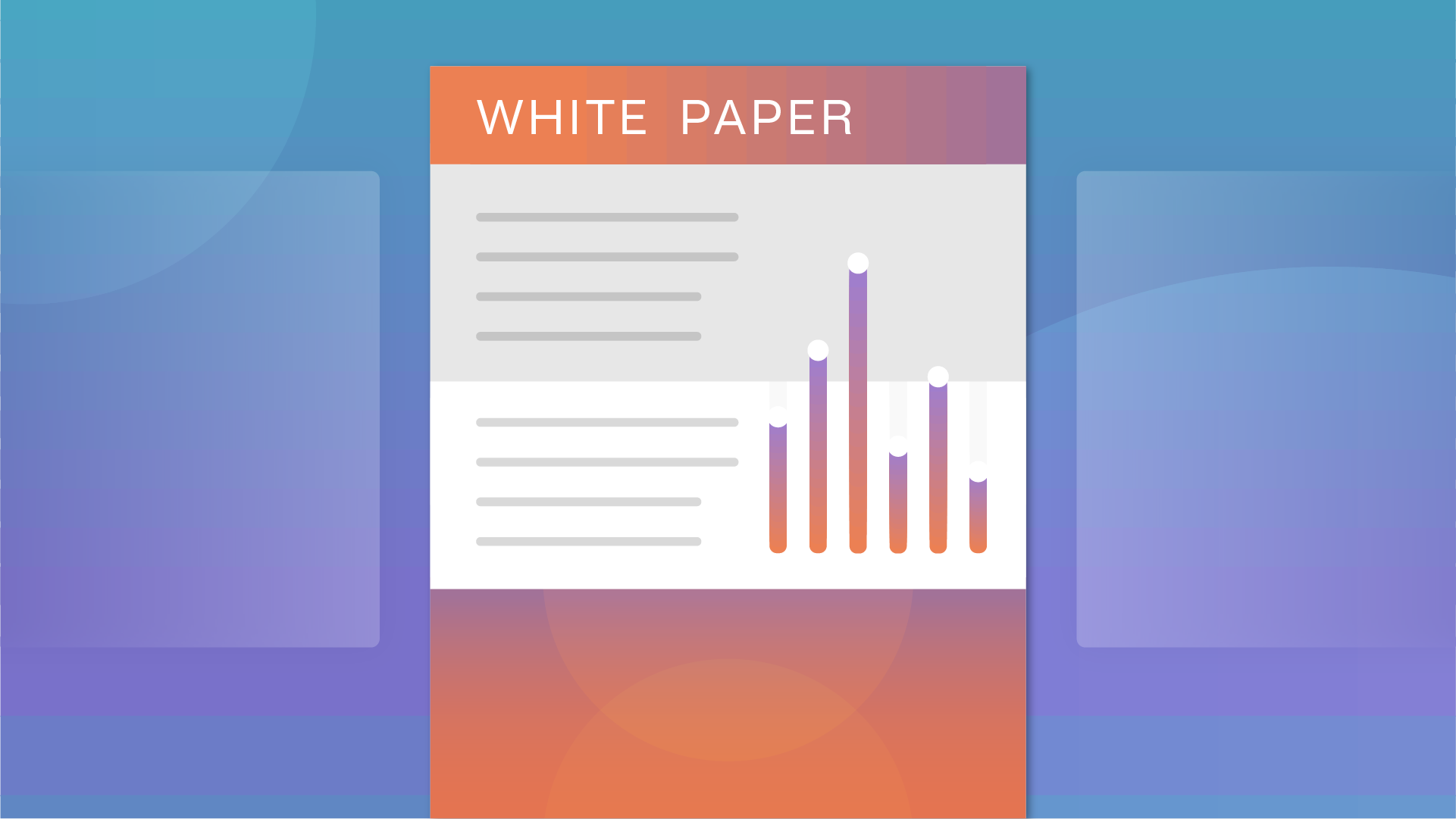
Resources
Third-Party Risk
Integrated risk insights power smarter decisions
Modern organizations are swimming in data. Every business function, from sales and marketing to IT and security, generates valuable insights. Yet these datasets are often siloed, duplicated, or disconnected.
December 22, 2025
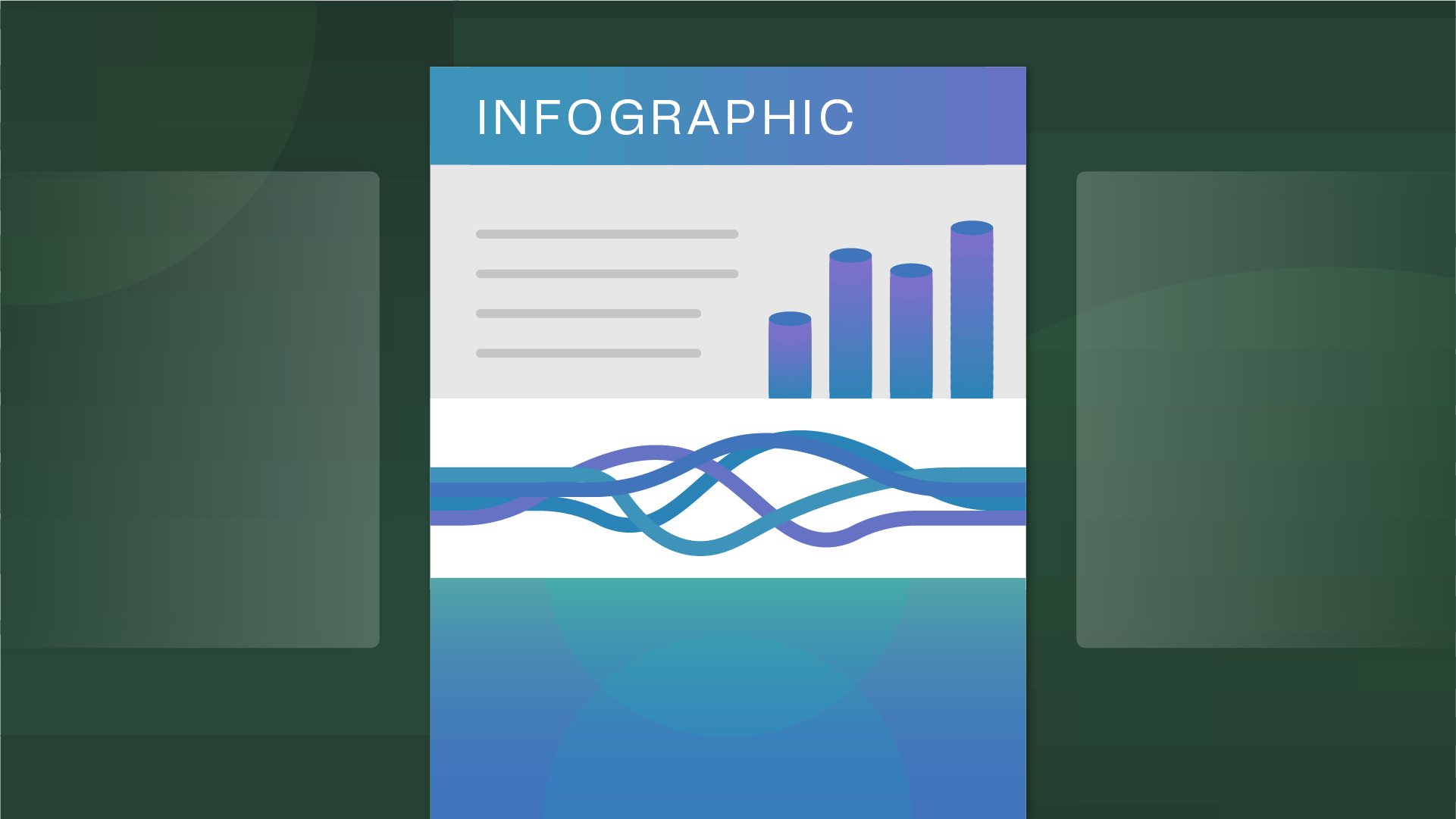
Infographic
Technology Risk & Compliance
Connecting risk insights enable smarter business decisions
What happens when datasets across every business function in an organization are siloed or disconnected? The risk and compliance teams struggle to see the whole picture.
December 17, 2025

On-Demand
Responsible AI
Future of Third-Party Risk Management: AI, Governance, and Strategic Transformation
Discover how AI, governance, and transformation frameworks are reshaping Third-Party Risk Management. Join OneTrust and Deloitte on Dec 9.
December 09, 2025

On-Demand
Risk-enabled innovation: Uniting AI governance and risk management to accelerate responsible growth
Join OneTrust’s CISO and Head of AI Governance & Privacy to uncover how risk and governance alignment drives responsible AI innovation.
December 04, 2025
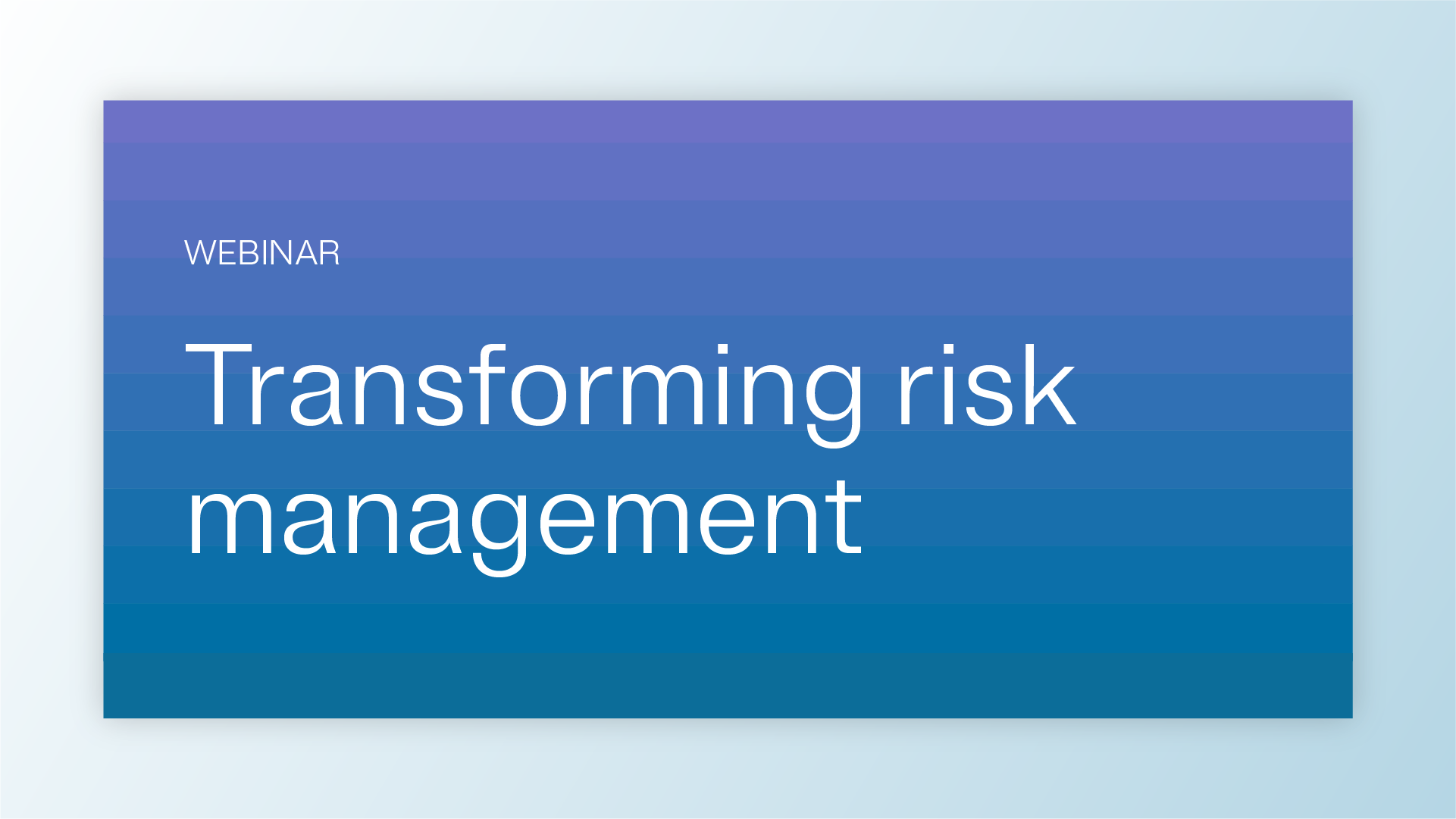
Webinar
Technology Risk & Compliance
Transforming risk management through integrated enterprise risk: A perspective from OneTrust & PwC
Join PwC and OneTrust for a webinar on how leading organizations are reinventing risk management through a connected, digital-first Integrated Risk Management (IRM) approach.
November 04, 2025

On-Demand
Third-Party Risk
Highlights of the Fall OneTrust release for risk solutions
Watch how OneTrust’s latest Risk Solutions release empowers teams with AI-driven vendor onboarding and automated evidence analysis for smarter compliance.
October 28, 2025
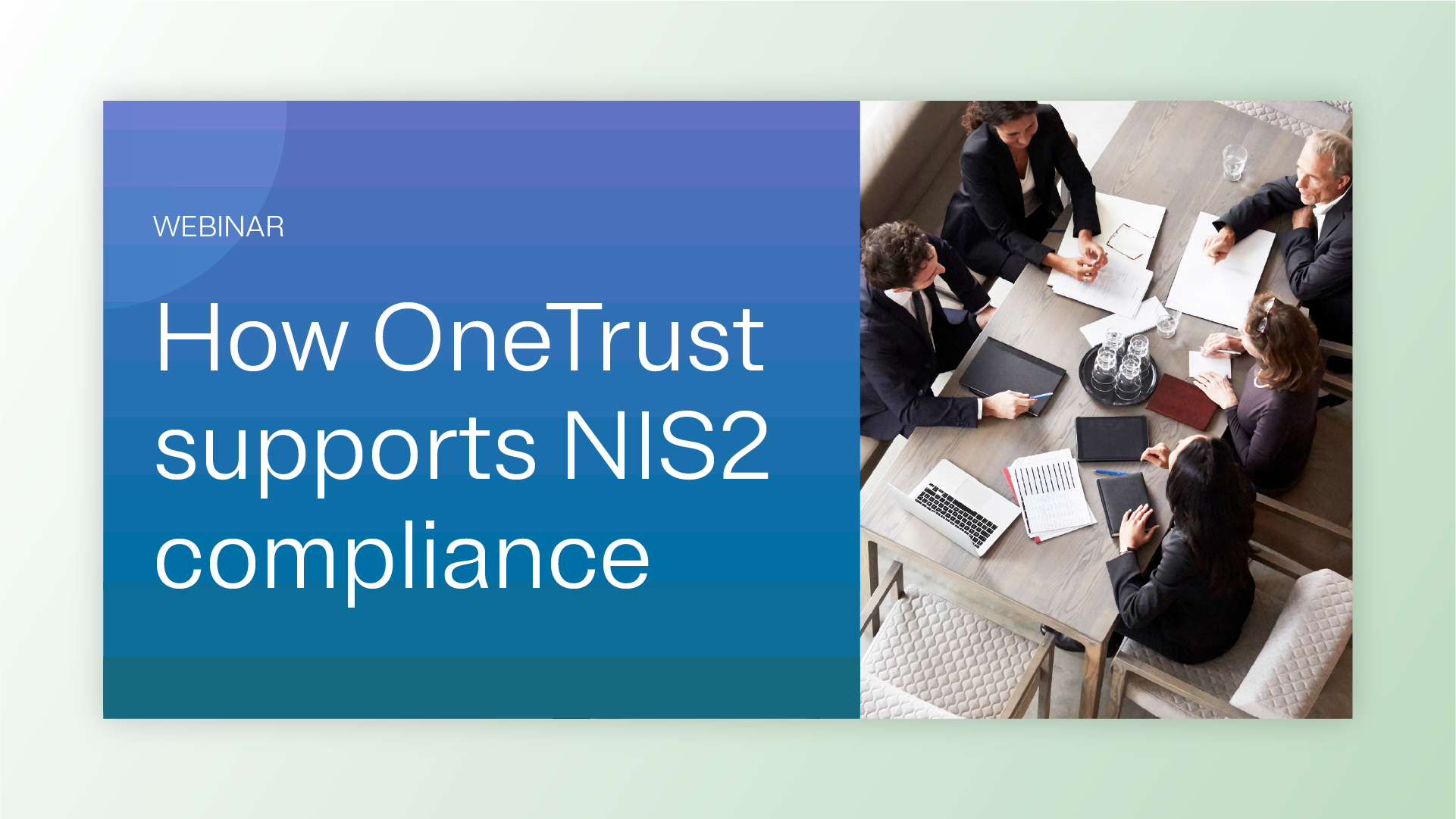
On-Demand
Technology Risk & Compliance
How OneTrust supports NIS-2 compliance: On-demand demo of our solution
Watch now this on-demand webinar to see how OneTrust helps organizations identify, manage, and mitigate cybersecurity risks in alignment with NIS-2 compliance obligations.
October 22, 2025

On-Demand
Technology Risk & Compliance
Evolution for compliance programs: A 5-point blueprint to mature your programs
Join our webinar to learn a practical compliance maturity framework and uncover strategies to evolve and optimize your compliance program.
October 07, 2025

eBook
Technology Risk & Compliance
Reinventing risk management through integrated risk: A joint perspective from PwC and OneTrust
A joint perspective from PwC and OneTrust on reinventing risk management through integrated risk:
September 11, 2025

Webinar
Technology Risk & Compliance
5 automation trends modernizing InfoSec in 2025
Learn how automation is transforming InfoSec program management to tackle modern risks, boost resilience, and deliver measurable business value.
August 13, 2025

On-Demand
Technology Risk & Compliance
Taming compliance complexity: Strategies for scaling across frameworks, systems & geographies
Discover how to scale compliance programs amid rising regulations and complexity. Gain actionable strategies to streamline controls, audits, and global oversight.
July 23, 2025
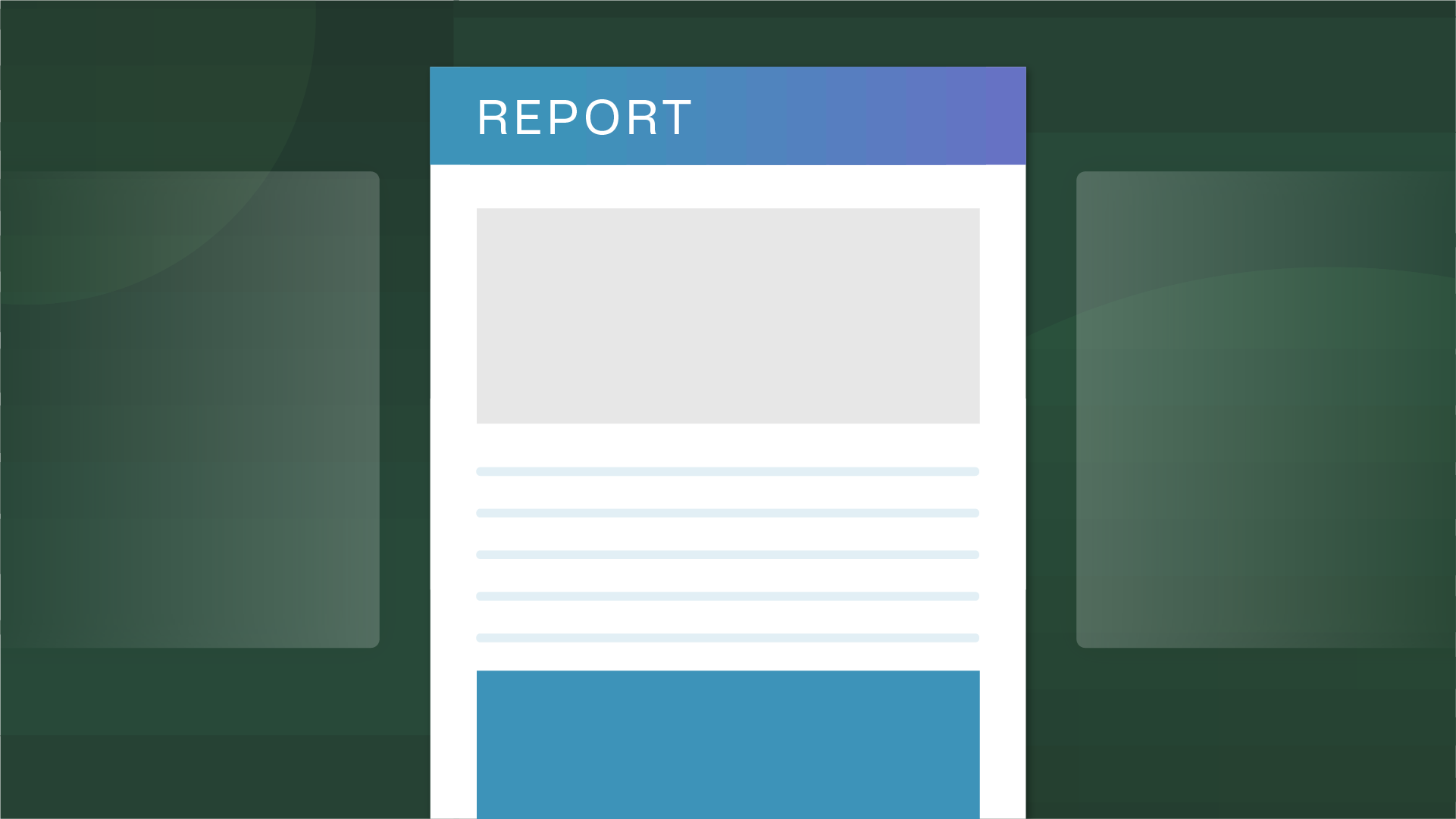
Report
Technology Risk & Compliance
OneTrust named a leader in the 2025 IDC MarketScape for worldwide GRC software
The OneTrust platform connects data, privacy, and risk teams in one unified system, so you can stay ahead of regulatory change and support responsible growth. Download the excerpt to learn how OneTrust helps you move faster, without sacrificing compliance.
July 17, 2025

On-Demand
Responsible AI
Building AI governance with security at the center
Discover how security leaders are securing AI models, data, and infrastructure while driving risk-aware AI governance programs.
July 10, 2025

On-Demand
Technology Risk & Compliance
Unifying third-party and tech risk in an AI-driven world
Join our webinar to learn how risk and security leaders are aligning third-party and tech risk for scalable, AI-ready compliance programs.
July 08, 2025

On-Demand
Technology Risk & Compliance
The automation advantage: Unlocking ROI from risk and compliance
Learn how automation reduces compliance costs, boosts audit readiness, and delivers 75%+ time savings across the compliance lifecycle in this practical, ROI-focused session.
May 28, 2025

On-Demand
Privacy Management
OneTrust Spring Release
We explore the latest release which introduces AI-assisted features that help privacy and third-party risk teams scale by reducing manual effort and friction, so they can focus on the work that matters most.
May 27, 2025

eBook
Technology Risk & Compliance
The risk-resilient enterprise: Automating compliance for security & scale
Risk flows throughout your organization’s systems and data, and without mapping or monitoring, your company’s security posture is constantly under pressure.
April 24, 2025

On-Demand
Technology Risk & Compliance
From reactive to resilient: Building and scaling a modern enterprise risk program
Join our masterclass for CISOs & InfoSec leaders to build scalable, modern risk management programs. Gain actionable strategies, frameworks, and real-world insights for success.
April 22, 2025

On-Demand
Technology Risk & Compliance
Harmonizing risk and compliance: Unifying InfoSec programs through automation
Join this webinar to discover how to streamline ISO 27001, GDPR, NIST & PCI DSS with automation, reduce manual work and enhance oversight.
April 09, 2025
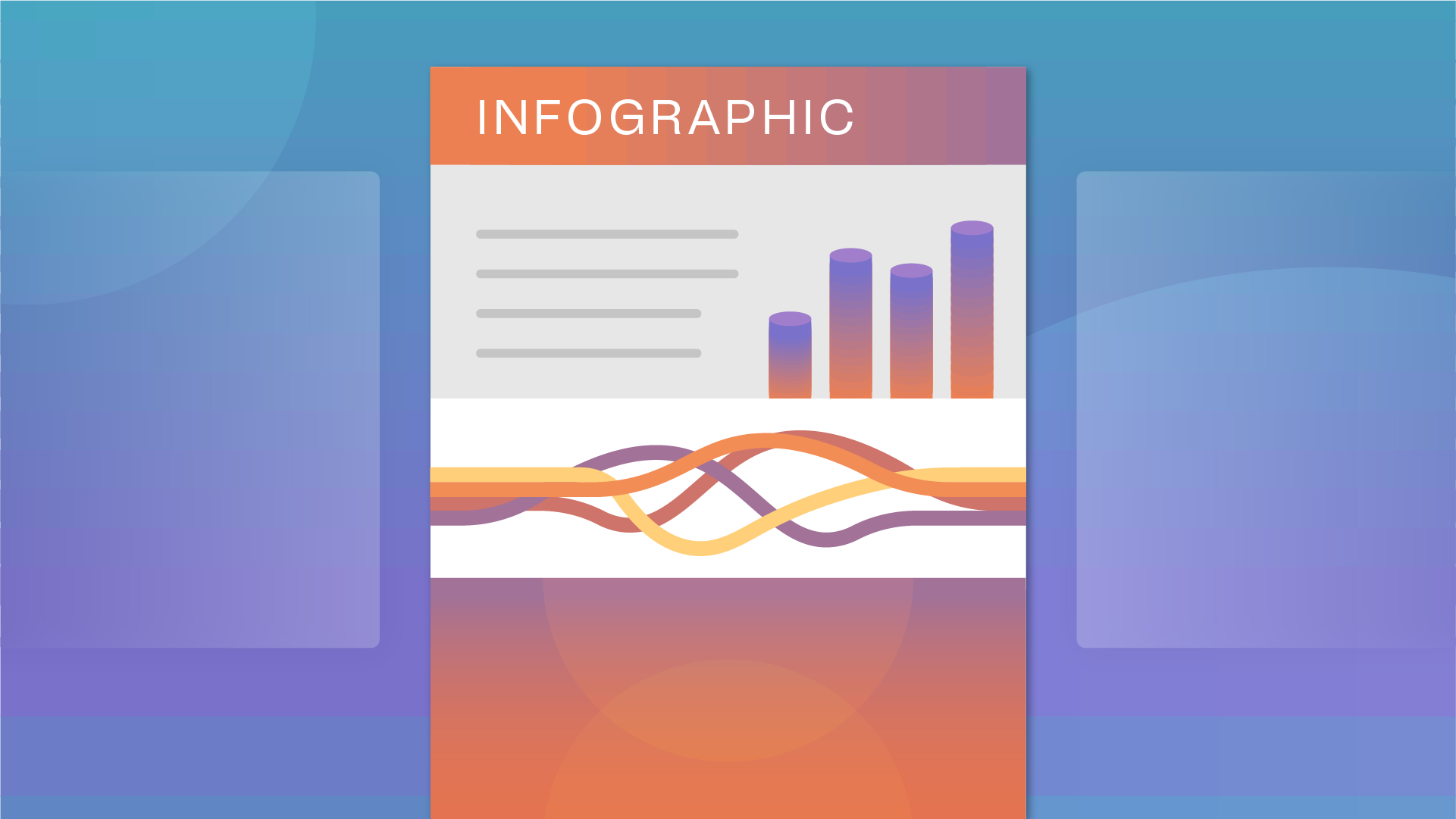
Infographic
Technology Risk & Compliance
Automating compliance mitigates risk
Download our infographic to learn steps involved in compliance automation and how it mitigates risk in your organization's security program.
March 27, 2025

On-Demand
Technology Risk & Compliance
Operational resilience in a changing world: Going beyond compliance
Join this session to unpack key regulations, such as ISO 27001, APRA CPS 230, DORA, & SOC2, to learn how they impact internal & third-party operations.
February 20, 2025

On-Demand
Technology Risk & Compliance
Compliance Automation product showcase
Join our live demonstration and see how Compliance Automation can help boost compliance efficiency with automated workflows, shared evidence, and 40+ frameworks.
December 19, 2024

On-Demand
Technology Risk & Compliance
The PDPL in Saudi Arabia is now in effect: is your business ready?
Join our Saudi Arabia PDPL webinar for an overview on the data protection law, its requirements, and how to prepare for full enforcement.
December 12, 2024

On-Demand
Technology Risk & Compliance
Elevating client compliance with OneTrust Automation: Key strategies for partners
Discover how to use OneTrust Compliance Automation to establish client baselines, improve efficiency, and drive scalability. Learn key strategies to enhance your compliance impact.
December 11, 2024

On-Demand
Technology Risk & Compliance
Understanding the NIS 2 Directive: Compliance insights and best practices
This DataGuidance webinar explores the latest and expected developments in the implementation of the NIS 2 Directive, focusing on practical compliance strategies to ensure your organization is prepared.
December 04, 2024

On-Demand
Technology Risk & Compliance
Tech risk and compliance masterclass: An evidence-based approach to building by-design risk and compliance practices
Discover strategies to embed compliance and risk management into business processes with minimal disruption, using technology-driven solutions for efficiency, scalability, and improvement.
November 06, 2024

On-Demand
Technology Risk & Compliance
Building a strong security posture: Managing compliance, risk, and business engagement in a dynamic landscape
Join our webinar to learn how to optimize security posture, streamline compliance, and leverage automation to manage IT risk in today's complex digital landscape. Register now!
October 29, 2024

On-Demand
Privacy Automation
Build resiliency and operationalize compliance with OneTrust: Fall product release recap, 2024
Join our upcoming product release webinar to explore how these new capabilities can help your organization navigate complex frameworks, streamline third-party management, and accelerate AI and data innovation.
October 22, 2024

On-Demand
Technology Risk & Compliance
Tech risk & compliance masterclass: The anatomy of a framework
Master the fundamentals of constructing robust compliance frameworks that can seamlessly integrate with organizational operations while aligning with regulatory and strategic mandates to deliver measurable insights on your progress and gaps.
August 14, 2024

Webinar
Third-Party Risk
Third-Party Risk Management: From compliance to strategy series
Navigate third-party risk challenges and discover strategic steps to scale, automate, and operationalize your program with this webinar series.
August 09, 2024

Webinar
Technology Risk & Compliance
Tech risk and compliance masterclass series
Unlock tech risk management & compliance excellence. Master risk management, build robust frameworks, and foster cross-functional collaboration for long-term resilience.
August 07, 2024

On-Demand
Technology Risk & Compliance
Introducing OneTrust Compliance Automation
Join us as we explore OneTrust Compliance Automation, a holistic and fully integrated solution that streamlines and optimizes workflows, compliance, and attestation.
July 25, 2024

On-Demand
Data Discovery & Classification
Catch it live: See the all-new features in OneTrust's Spring Release and Post-TrustWeek recap
Join us as Ryan Karlin, Senior Director of Product Marketing highlights important updates from TrustWeek including an inside look into OneTrust's new platform features that make it easier for customers to activate data responsibly, surface and mitigate risk, and navigate the complex regulatory environment.
June 06, 2024

Report
AI Governance
GRC strategies for effective AI Governance: OCEG research report
Download the full OCEG research report for a snapshot of what organizations are doing to govern their AI efforts, assess and manage risks, and ensure compliance with external and internal requirements.
May 22, 2024

Infographic
Third-Party Risk
Streamline compliance with the Digital Operational Resilience Act (DORA)
Download our infographic to learn about the new DORA regulation, who needs to comply, and how OneTrust can help streamline the process.
April 29, 2024

Infographic
Technology Risk & Compliance
Rethinking risk assessments: Bridging the gap between best practices and action
Download our infographic to learn the main challenges faced during risk assessments, proven frameworks for assessing risks, and how to translate guidance into action.
March 07, 2024

On-Demand
Technology Risk & Compliance
PCI DSS Compliance: How to scope and streamline monitoring with Certification Automation
Join our PCI DSS webinar where we discuss how Certification Automation can help free up valuable InfoSec resources, streamline audits, and stay continuously compliant.
March 05, 2024
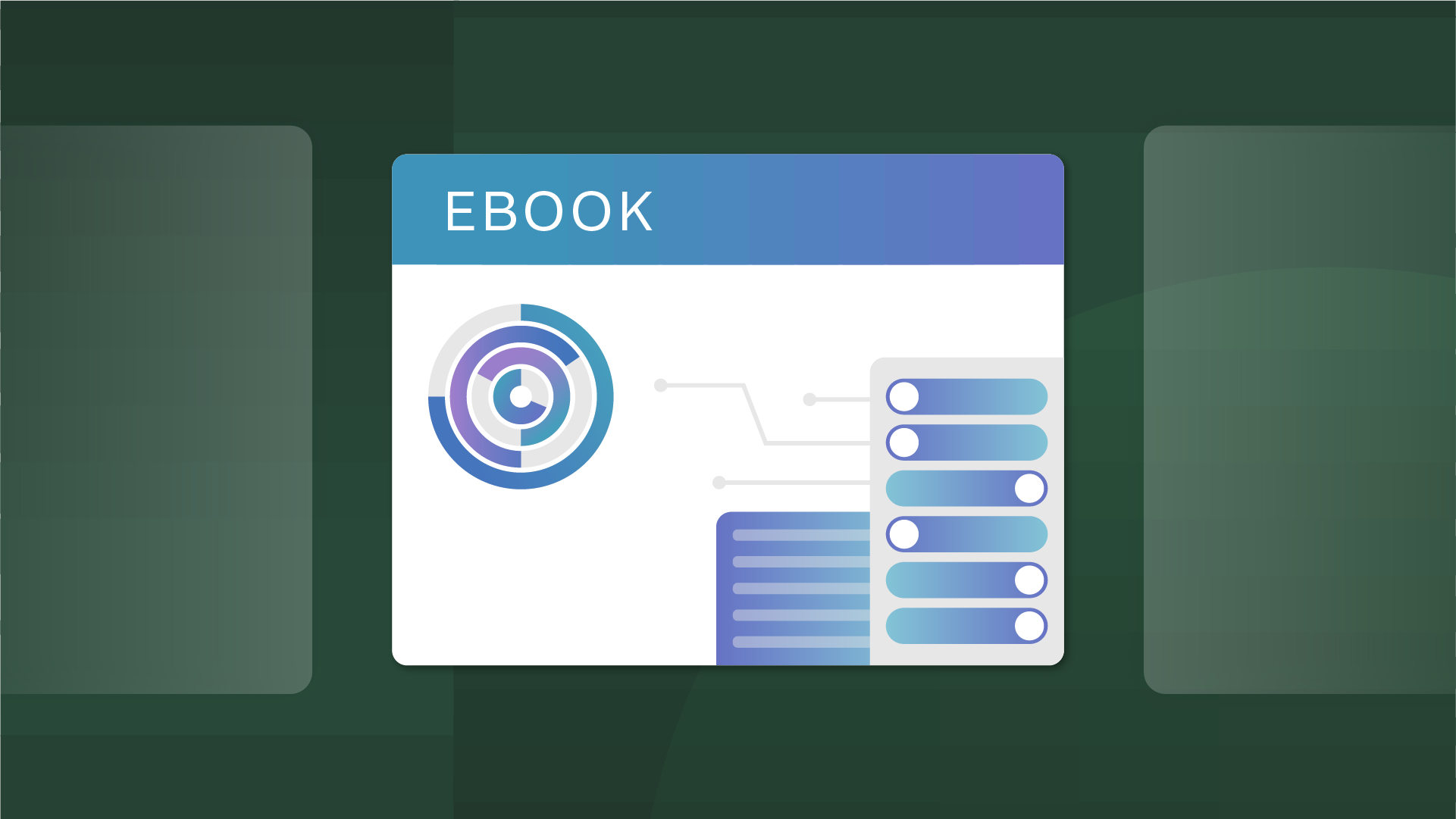
eBook
Ethics Program Management
Business messaging apps: A guide to corporate compliance
How can your business use third-party messaging apps while staying compliant? Dive into key usage considerations based on the DOJ’s 2023 guidance.
February 13, 2024

On-Demand
Technology Risk & Compliance
5 automation trends to modernize InfoSec compliance
Join our webinar for insights on transforming InfoSec program management. Navigate the complexities of modern security with a flexible, scalable, and cost-effective approach.
February 07, 2024

Infographic
Third-Party Risk
4 top-of-mind challenges for CISOs
What key challenges do CISOs face going into the new year? Download this infographic to hear what experts from industries across the board have to say.
January 30, 2024
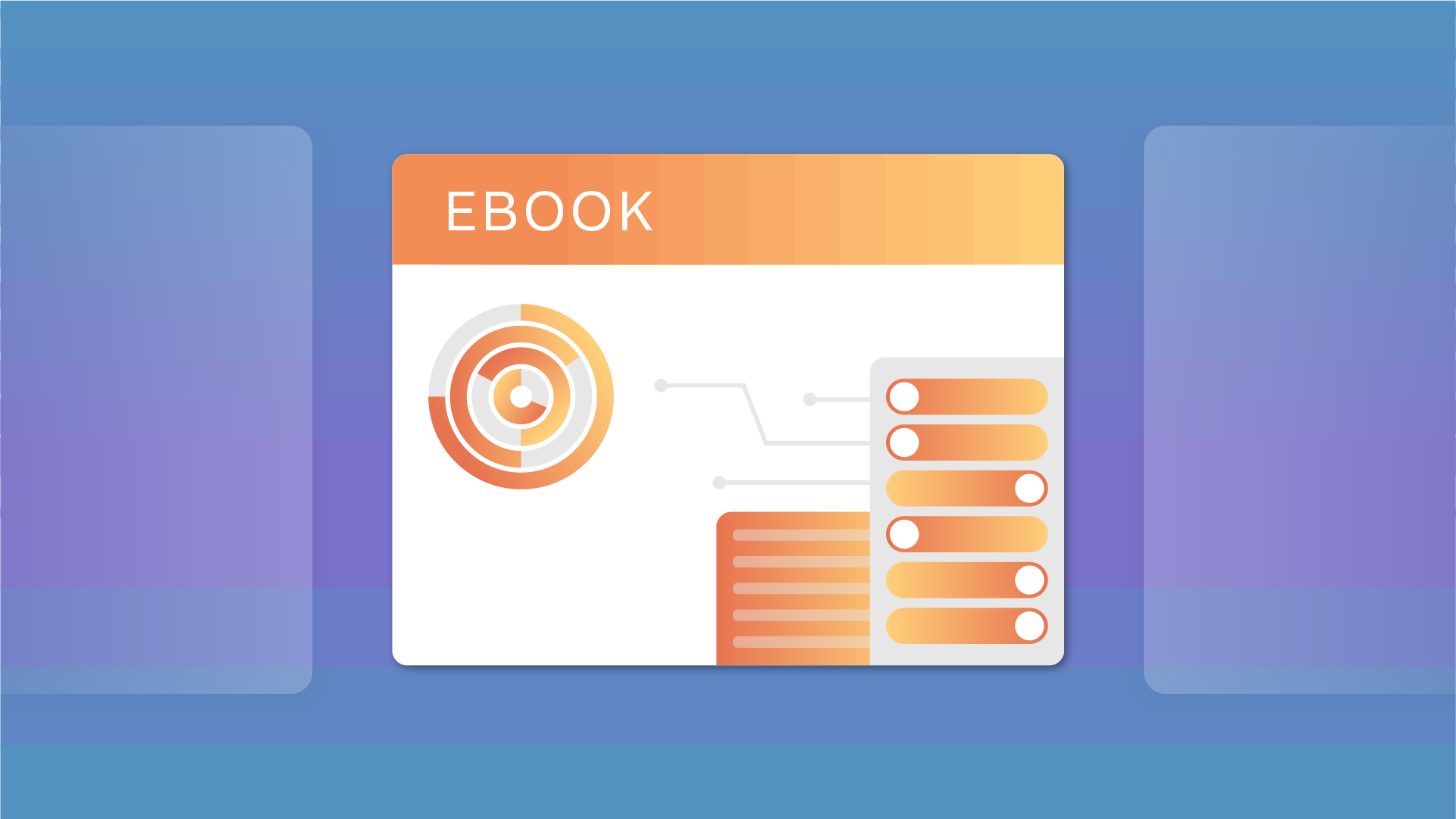
eBook
Technology Risk & Compliance
NIST CSF 2.0: Changes, impacts and opportunities for your Infosec program
Get your free guide to the NIST Cybersecurity Framework 2.0 and learn how its proposed changes will impact your InfoSec programs.
December 18, 2023

Resource Kit
Technology Risk & Compliance
NIST CSF essentials: Empowering cybersecurity excellence
Download our NIST CSF Essentials resource kit and master cybersecurity compliance with expert insights, strategies, and real-world case studies.
December 15, 2023

On-Demand
Technology Risk & Compliance
Demonstrating GDPR compliance with Europrivacy criteria: The European Data Protection Seal
Join our webinar to learn more about the European Data Protection Seal and to find out what the key advantages of getting certified.
November 30, 2023

Data Sheet
Technology Risk & Compliance
Integrations to automate your framework compliance: ISO 27001, SOC 2, and NIST CSF
Explore how OneTrust integrations can help you automate compliance with today’s most popular InfoSec frameworks.
November 28, 2023

Checklist
Technology Risk & Compliance
SOC 2 checklist: 8 steps to achieve compliance
This SOC 2 checklist provides clear action steps that enable you to mature your security program and fast-track your way to compliance.
November 28, 2023

eBook
Technology Risk & Compliance
Navigating the ISO 27001 compliance journey eBook
In this guide, you’ll learn what ISO 27001 is, which steps to take at each phase of the process, and how automation can help you get and stay compliant.
October 16, 2023

Infographic
Technology Risk & Compliance
Understanding Europe's Top InfoSec and Cybersec Frameworks
Learn the ins and outs of Europe’s top InfoSec and cybersec frameworks, including ISO 27001, UK Cyber Essentials, the NIS2 Directive, DORA, and more.
October 05, 2023

Infographic
Technology Risk & Compliance
5 key areas for improved automation in InfoSec compliance
Streamline and scale your organization’s InfoSec compliance program by focusing on these five key areas of automation.
October 02, 2023

eBook
Technology Risk & Compliance
Prioritizing the right InfoSec frameworks for your organization
In this free eBook, we explore the basics of three top InfoSec frameworks and how to decide which is the best fit for your organization.
September 27, 2023

eBook
Privacy Management
Responsible data use: Navigating privacy in the information lifecycle eBook
Download this eBook and get the insights you need to safeguard customer privacy and ensure responsible data use in the information lifecycle.
August 22, 2023

Resource Kit
Technology Risk & Compliance
PCI DSS essentials: A resource collection for compliance
Achieve PCI DSS standard compliance with our comprehsive guide to safeguarding your organization's payment card data.
August 08, 2023
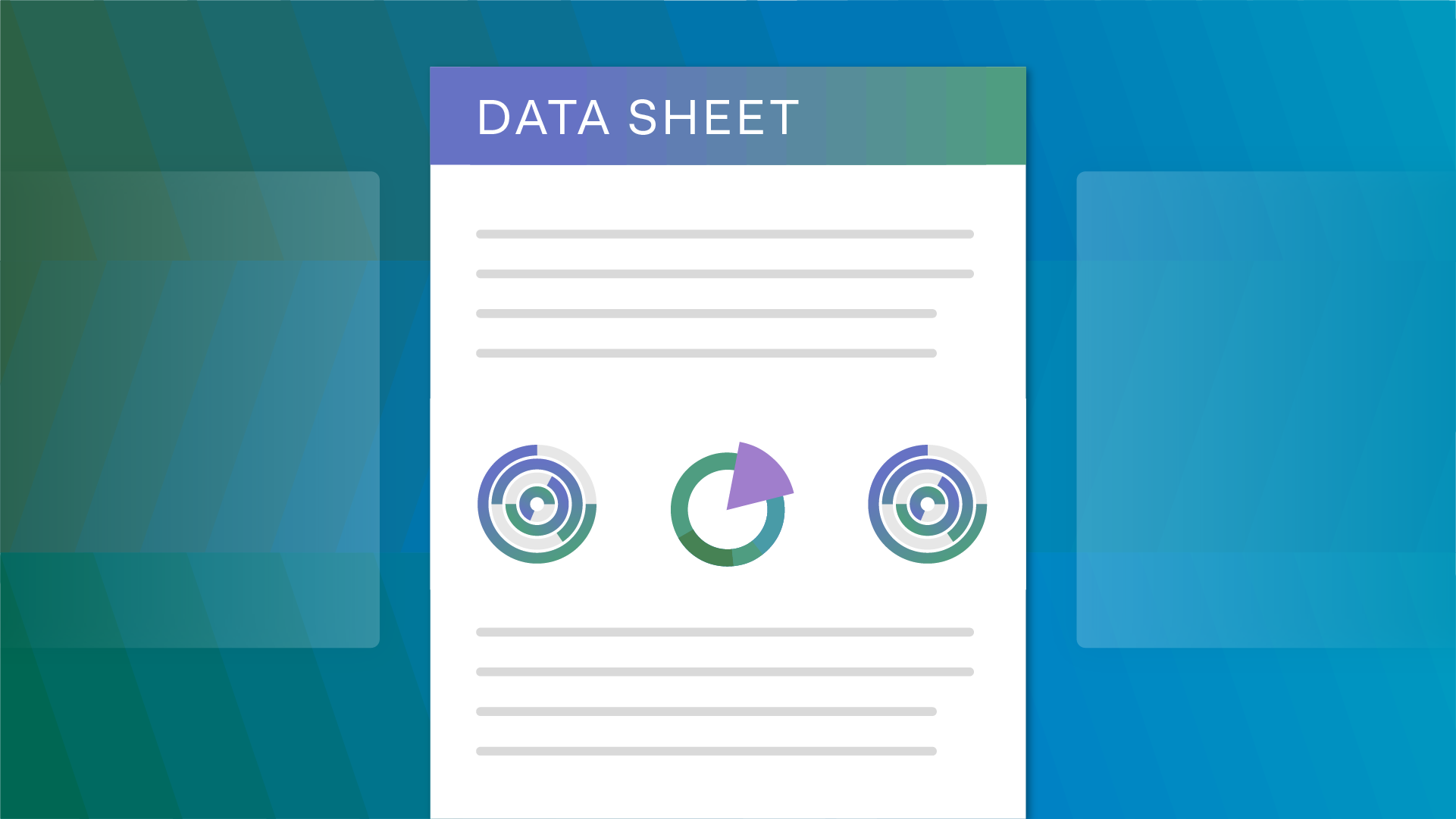
Data Sheet
Technology Risk & Compliance
Certification Automation: Managing PCI DSS compliance
See how OneTrust Certification Automation streamlines PCI DSS compliance by identifying controls and requirements with automation.
July 05, 2023

On-Demand
Technology Risk & Compliance
How to successfully implement ISO 27001 to demonstrate security and assurance across any jurisdiction
Join our live webinar and hear from security professionals on how to get ISO 27001 certified, streamline audit preparation, and demonstrate security assurance across any regulatory jurisdiction.
June 28, 2023

eBook
Third-Party Risk
InfoSec's guide to third-party risk management: Key considerations and best practices
Download our eBook to learn practical advice on how to approach third-party risk management like an InfoSec expert.
June 05, 2023

Data Sheet
Technology Risk & Compliance
Compliance Automation external audit management
Take a look at how OneTrust Compliance Automation can help streamline your preparation for audits, drive accountability, and track results.
May 16, 2023

On-Demand
GRC & Security Assurance
Combating InfoSec compliance fatigue: Insights for navigating growingly complex requirements
In this webinar, you will hear first-hand from information security experts experts what are the key pain-points and their strategies to be audit ready.
February 27, 2023

On-Demand
Technology Risk & Compliance
Introducing OneTrust Certification Automation: Build, scale, and automate your InfoSec compliance program webinar
In this webinar, learn how to right-size your compliance scope for different frameworks across various business dimensions and enable an agile audit process.
February 15, 2023

On-Demand
GRC & Security Assurance
Introducing OneTrust Certification Automation: Reinforce privacy accountability with automated InfoSec compliance
Learn how to enable an agile audit process by breaking down complex InfoSec requirements into actionable tasks to help automate your compliance program.
February 10, 2023

Infographic
Technology Risk & Compliance
ISO 27001: Global changes and impact to your compliance program
This infographic will explain how the updates to the ISO 27001 framework will have a huge impact on information security programs across all industries.
December 14, 2022

eBook
Technology Risk & Compliance
The future of information security
Learn how to respond to the security landscape and build a proactive InfoSec program to help your customers and business.
October 10, 2022

eBook
Technology Risk & Compliance
The art of the enterprise IT risk assessment
Ensure your enterprise IT risk assessment is a success with a top-down approach that gets executive buy-in from the start
September 16, 2022

eBook
Technology Risk & Compliance
The enterprise DevSecOps playbook
As a unified business function, DevSecOps combines rapid software development with top-notch security at scale.
September 02, 2022

On-Demand
GRC & Security Assurance
How to reinforce your InfoSec risk program in a “Not If, But When” incident environment webinar
Learn how scaling your approach to managing IT assets & risk assessments can deliver a complete picture to better measure and inform program investments.
August 16, 2022

On-Demand
GRC & Security Assurance
5 critical mistakes to avoid when answering security questionnaires
Avoid these 5 critical mistakes when answering security questionnaires and streamline responses with this webinar.
March 01, 2022

On-Demand
GRC & Security Assurance
How successful security teams manage risk to build Trust and drive Growth
Watch this webinar to learn what makes a successful risk management program and how effective security teams build trust.
January 12, 2022

Demo
Technology Risk & Compliance
OneTrust Tech Risk and Compliance demo
Manage tech risks and ensure compliance with our all-in-one solution. Automate workflows, scale resources, and measure program effectiveness to stay ahead of evolving regulations.

Infographic
Technology Risk & Compliance
The future of GRC: 10 drivers and trends
In this infographic, we cover the top 10 GRC drivers and trends that will impact the future of organizations, including fragmented internal data and systems.

